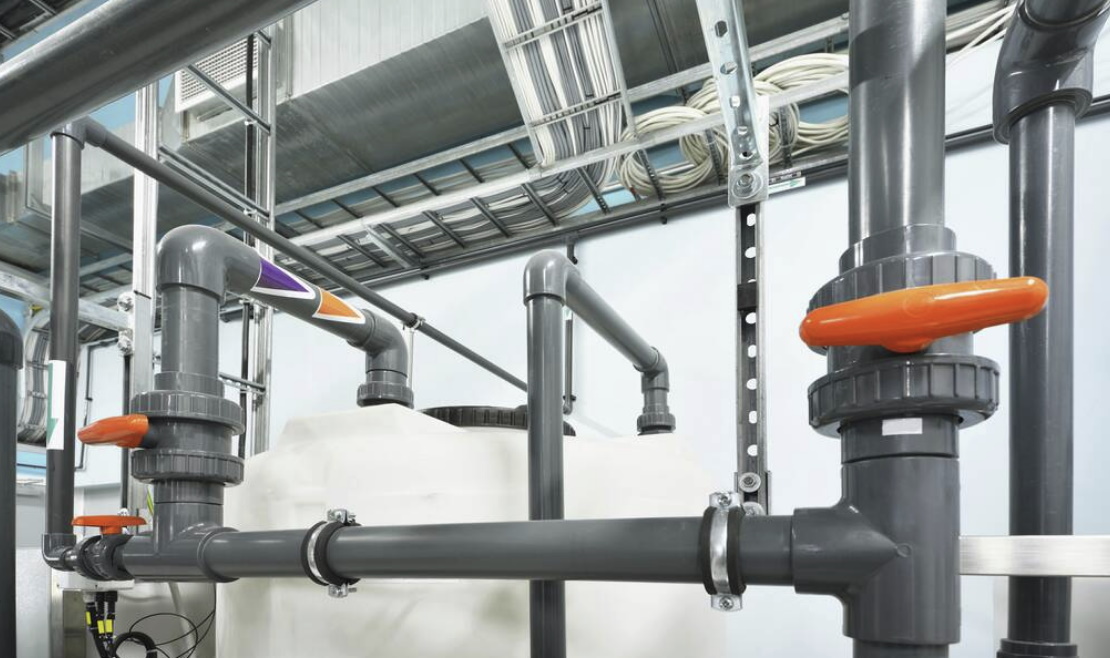The Purifying Effects of Reverse Osmosis Water
- Written by NewsServices.com

Reverse osmosis water is a type of drinking water that has been processed through a filtration system to remove impurities. It is created by forcing water through a semipermeable membrane that separates the contaminants from the pure water molecules. A result is an ultra-pure form of H2O that can be used for drinking and cooking purposes or industrial applications such as pharmaceutical processing and desalination.
Reverse osmosis water systems are becoming increasingly popular due to their ability to provide safe, clean drinking water without including any harsh chemicals or additives. The process works by using pressure to force contaminated liquid across the membrane, trapping larger particles on one side while allowing smaller molecules including purified H2O to pass through into another container on the other side of the filter. This process eliminates virtually all bacteria, viruses and other pollutants found in tap or well water so it’s much safer for consumption than untreated sources.
Advantages of Reverse Osmosis Water
Reverse osmosis (RO) is a water purification process that has been gaining popularity in recent years. RO systems use a semi-permeable membrane to filter out impurities, bacteria, and other contaminants from drinking water. The result is filtered water free of chemicals, heavy metals and other pollutants. While there are some drawbacks to using an RO system, such as the higher cost compared to traditional filtration methods, the numerous benefits make it well worth considering for your home or office.
The most obvious advantage of reverse osmosis is the improved taste and odour of drinking water. Without any pollutants present in the water supply, it tastes much better than tap or even bottled varieties. This makes it easier to drink more often which can help improve overall health by providing essential hydration throughout the day without added sugar or calories found in many beverages like sodas and juices.
Another great benefit of reverse osmosis water is that it can be used for cooking as well. Since no chemicals are present in RO-purified drinking water, food cooked with this type of H2O will retain its natural flavour better than if cooked with tap or bottled waters which may contain trace amounts of chlorine and other substances used to disinfect them.
Disadvantages of Reverse Osmosis Water
Reverse osmosis (RO) is a process used by many people to purify water. It involves passing untreated water through a semipermeable membrane that traps and filters out certain particles, thus leaving only "purified" or drinkable water behind. While the use of reverse osmosis in the home or commercial settings can be beneficial for providing clean drinking water, there are a few disadvantages associated with this method of filtration.
The first disadvantage is that installing and maintaining an RO system can be costly. This is due to the specialized equipment required, including the membrane and pressure pump used for pressurizing the filtration process. In addition, an RO system requires frequent filter changes and regular maintenance to keep it working properly over time.
Another major disadvantage of reverse osmosis is that it removes essential minerals from your drinking water which can lead to mineral deficiencies if consumed in large quantities over time. Minerals such as calcium, magnesium, and potassium are all important for maintaining good health but they are filtered out by an RO system before they enter your home’s drinking supply. As a result, those consuming large amounts of reverse osmosis-filtered water may need to supplement their diets with additional minerals.
Conclusion
Reverse osmosis water is a great way to ensure you have clean, safe drinking water. It removes contaminants while preserving beneficial minerals and can be used in any home or business setting. With its many benefits, it is no wonder that reverse osmosis water has become such a popular choice for many people seeking pure and healthy drinking water.







